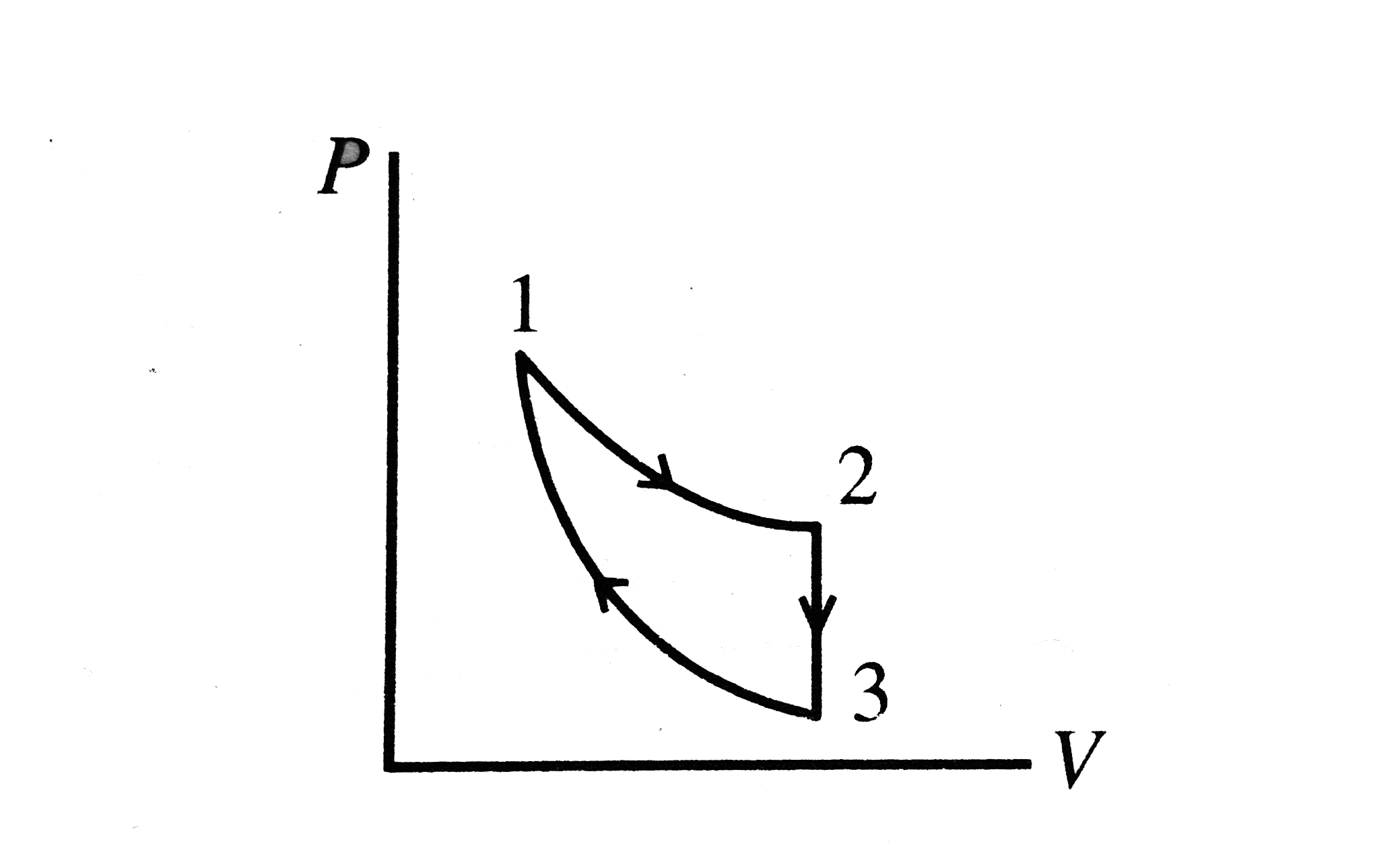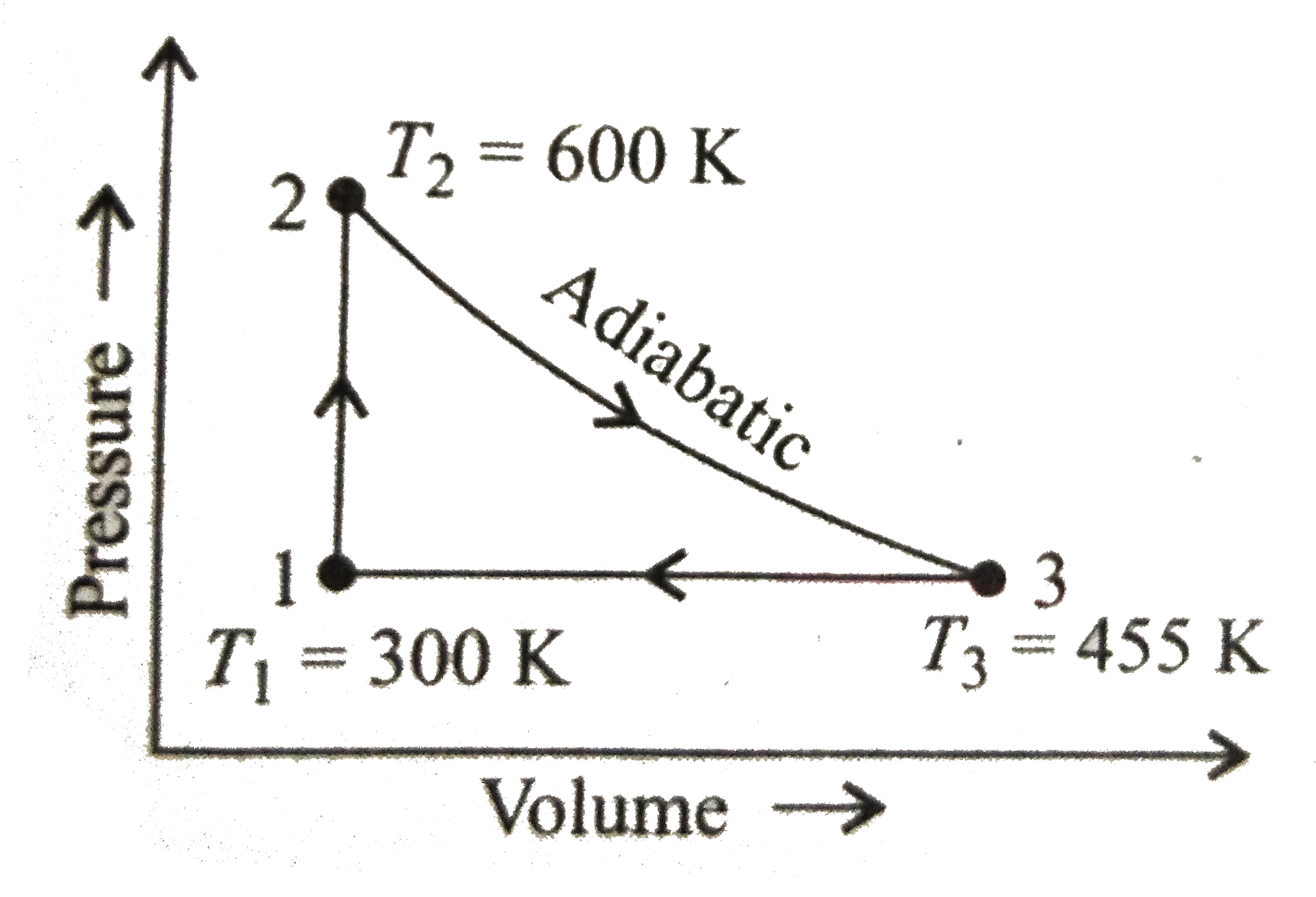A process is taking place at constant temperature and pressure. Then
ΔH=ΔE
ΔH=TΔS
ΔH=0
ΔS=0
The correct Answer is:A, B, C, D
For an isothermal process, ΔE=0,ΔH=0
ΔS=nC±lnT2T1+nRlnP_1P2=0
Topper's Solved these Questions
- BOOK - VMC MODULES ENGLISHCHAPTER - THERMODYNAMICSEXERCISE - LEVEL-250videos
THERMODYNAMICS
- BOOK - VMC MODULES ENGLISHCHAPTER - THERMODYNAMICSEXERCISE - LEVEL-2 (NUMERICAL VALUE TYPE)15videos
THERMODYNAMICS
- BOOK - VMC MODULES ENGLISHCHAPTER - THERMODYNAMICSEXERCISE - LEVEL-0 (LONG ANSWER TYPE (5 MARKS))6videos
THERMODYNAMICS
- BOOK - VMC MODULES ENGLISHCHAPTER - THERMOCHEMISTRYEXERCISE - JEE ADVANCED (ARCHIVE)31videos
THERMOCHEMISTRY
- BOOK - VMC MODULES ENGLISHCHAPTER - THERMODYNAMICS & THERMOCHEMISTRYEXERCISE - Impeccable48videos
THERMODYNAMICS & THERMOCHEMISTRY
Similar Questions
The change in Gibbs free energy of the system along provides a criterion for the spontaneity of a process at constant temperature and pressure. A change in the free energy of a sytem at constant temperature and pressure will be: ΔGsystem=ΔHsystem−TΔSsystem
For a spontaneous reaction ΔG, equilibrium constant K and E0cell will be respectively:View SolutionIf a gas, at constant temperature and pressure expands, then its
View Solution
Knowledge Check
- Question 1 - Select One
Assertion:Naturally , thermonuclear fusion reaction is not possible on earth.
Reason : For thermonuclear fusion to take place, extreme condition of temperature and pressure are required .AIf both assertion and reason are true and reason is the correct explanation of assertion .BIf both assertion and reason are true but reason is not the correct explanation of assertion .CIf assertion is true but reason is false .DIf both assertion and reason are false
What are spontaneous processes ? Mention the conditions for a reaction to be spontaneous at constant temperature and pressure.
View SolutionA certain gas takes 8 times as long to effuse out as compared to hydrogen gas for same volume at constant temperature and pressure. Its molecular mass will be
View SolutionThree processes compose a thermodynamic cycle shown in the accompanying P−V, diagram of an ideal gas.
Process 1→2 take place at constant temperature, during this process 60J of heat enters the system.
Process 2→3 takes place at constant volume. During this process 40J of heat leaves the system.
Process 3→1 is adiabatic.
What is the change in internal energy of the during process 3→1? View Solution
View SolutionThe oxidation of SO2 by O2 to SO3 is an exothermic process. The yield of SO3 is maximum if
i. Temperature is increased and pressure is kept constant
ii. Temperature is reduced and pressure is kept constant
iii. Pressure is increased
iv. Temperature and pressure both are increased
The correct option is:View SolutionA heat engine carries one mole of an ideal mono-atomic gas around the cycle as shown in the figure below. Process 1→2 takes place at constant volume, process 2→3 is adiabatic and process 3→1 takes place at constant pressure. Then the amount of heat added in the process 1→2 is
 View Solution
View SolutionAssertion : The pressure of a gas is inversely proportional to its volume at constant temperature and n.
Reason : The gas volume is directly proportional to n at constant temperature and pressure .View SolutionAssertion : For an isothermal process in an ideal gas, the heat obsorbed by the gas is entirely used in the work done by the gas.
Reason : During a process taking place in a system, the temperature remains constant then the process is isothermal.View Solution

